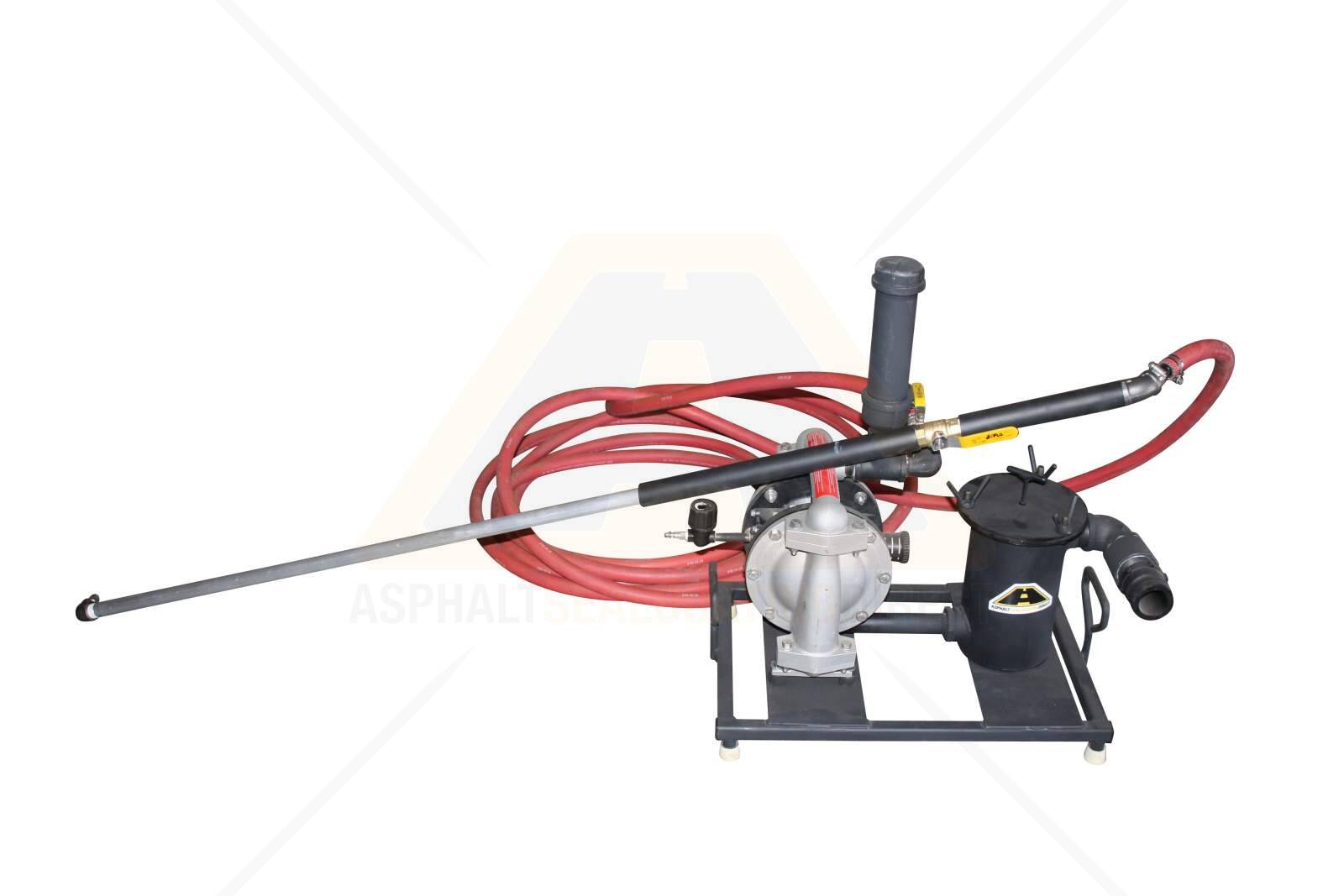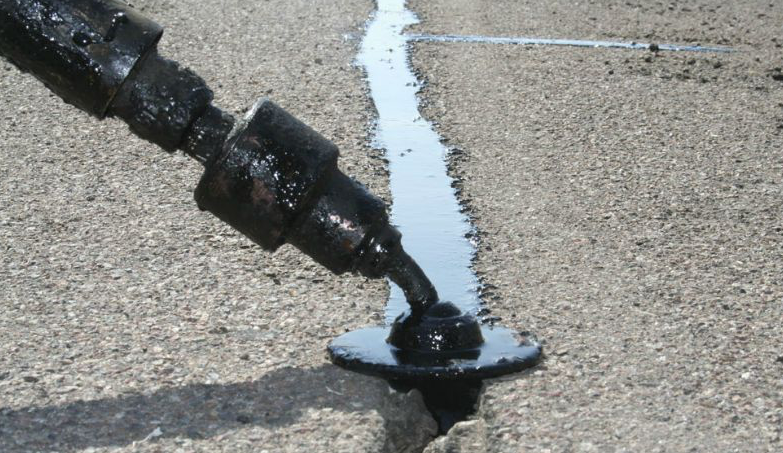Optimize Sturdiness: Hot Mix Asphalt Sealing for Angled Parking Structures
Optimize Sturdiness: Hot Mix Asphalt Sealing for Angled Parking Structures
Blog Article
Warm Mix Asphalt: A Sustainable Option for Pavement
Warm Mix Asphalt (HMA) has arised as a leading sustainable option for pavement solutions, providing a myriad of environmental advantages and ingenious innovations. As the need for green construction techniques expands, checking out the subtleties of HMA's sustainability can offer beneficial understandings into the future of sidewalk remedies.
Ecological Benefits of Hot Mix Asphalt

Additionally, Warm Mix Asphalt assists to alleviate urban heat island impacts. Its dark shade takes in sunshine, decreasing the amount of warm showed back into the environment compared to lighter-colored sidewalks. This can decrease ambient temperatures in urban areas, lowering the need for air conditioning and inevitably decreasing energy intake.
In addition, Warm Mix Asphalt contributes to boosted stormwater monitoring. Its porous nature permits water to infiltrate the pavement and charge groundwater products, decreasing runoff and the threat of flooding. These ecological advantages make Hot Mix Asphalt a sustainable selection for leading freeways and roads.
Power Performance in HMA Manufacturing
Is power effectiveness a vital element in the manufacturing of Warm Mix Asphalt (HMA)? Power plays a substantial function in the production of HMA, influencing both expense and ecological sustainability. One crucial element of power performance in HMA production is the usage of cozy mix asphalt (WMA) modern technologies.
Furthermore, advancements in plant modern technologies have caused more energy-efficient HMA manufacturing procedures. Modern plants are designed with attributes like recycled asphalt sidewalk (RAP) processing capabilities, reliable heater systems, and improved insulation, all adding to energy savings. By maximizing energy usage in HMA manufacturing, the market can minimize its carbon footprint while preserving top notch sidewalk materials. Power efficiency is, for that reason, an essential consideration in guaranteeing the sustainability of Warm Mix Asphalt production.
Recyclability of Warm Mix Asphalt
The recyclability of Hot Mix Asphalt (HMA) is a critical facet of its sustainability and long-term ecological influence. HMA is one of the most recycled products in the USA, with over 100 million lots of reclaimed asphalt sidewalk (RAP) being reused each year in new pavement construction. Reusing HMA provides numerous ecological advantages, such as decreasing the requirement for virgin products, decreasing power consumption throughout manufacturing, and decreasing the amount of waste sent out to land fills.
The procedure of recycling HMA includes crushing the existing sidewalk, crushing it into smaller items, and blending it with new aggregate and asphalt binder to create a recycled mix. On the whole, the recyclability of HMA plays a substantial role in promoting lasting practices within the pavement sector.

Long-Term Performance of HMA
Asphalt sidewalks demonstrate longevity and resilience over an extended duration, reflecting the long-lasting performance of Hot Mix Asphalt (HMA) The long life of HMA can be attributed to its capacity to stand up to hefty website traffic loads, severe climate condition, and the impacts of aging. Research studies have shown that well-designed and correctly constructed HMA sidewalks can last for twenty years or more with normal maintenance. The trick to making the most of the lasting performance of HMA hinges on making use of top quality materials, important source following ideal techniques in building, and carrying out effective upkeep approaches. Appropriate drain, routine examinations, and prompt fixings are necessary for protecting the structural honesty of HMA sidewalks over time. Additionally, advancements in HMA modern technology, such as using polymer-modified binders and warm mix asphalt, have actually additionally improved the sturdiness and longevity of HMA pavements. By prioritizing quality building and construction and maintenance methods, HMA proceeds to verify itself as a economical and lasting remedy for resilient pavement infrastructure.

HMA: Sturdiness and Sustainability
Showing both sturdiness and sustainability, Hot Mix Asphalt (HMA) has come to be a keystone in the building of long-lasting pavement facilities - commercial parking lot paving. HMA's sturdiness comes from its capability to web withstand heavy tons, rough climate conditions, and high web traffic volumes, making it a trustworthy choice for roadways, highways, and airport paths. The structure of HMA, which generally consists of aggregates, binder, and filler, plays a vital function in boosting its longevity and resistance to tear and use
Moreover, HMA's sustainability depends on its recyclability and energy-efficient manufacturing procedure. The ability to recycle recovered asphalt sidewalk (RAP) in new HMA mixes minimizes the need for virgin materials and reduces the ecological impact of pavement building and construction and upkeep. Additionally, the energy performance of creating HMA exists in its reduced blending temperatures compared to other sidewalk products, resulting in reduced energy consumption and greenhouse gas emissions.
Conclusion
In final thought, warm mix asphalt (HMA) uses a sustainable option for pavement with its environmentally friendly features. HMA's recyclability, energy review performance in production, and lasting resilience make it an environment-friendly option for roadway building.
HMA is one of the most recycled products in the United States, with over 100 million tons of redeemed asphalt sidewalk (RAP) being reused yearly in brand-new pavement building.The process of reusing HMA entails crushing the existing sidewalk, squashing it into smaller pieces, and mixing it with new accumulation and asphalt binder to produce a recycled mix.Asphalt pavements show durability and strength over an extended duration, mirroring the long-term efficiency of Hot Mix Asphalt (HMA) In addition, developments in HMA innovation, such as the usage of polymer-modified binders and warm mix asphalt, have further enhanced the longevity and long life of HMA sidewalks. The capacity to reuse redeemed asphalt sidewalk (RAP) in brand-new HMA mixes lowers the demand for virgin materials and reduces the ecological influence of sidewalk construction and upkeep.
Report this page